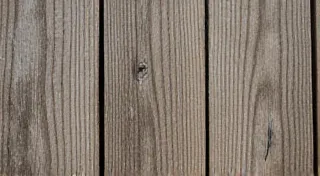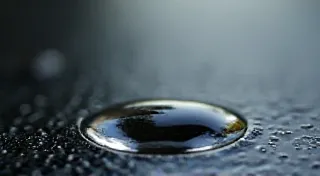Ink-Stained Memory: Why Imperfection is the Poetry of Typewriter Fonts
There’s a particular scent associated with antique typewriters – a blend of aged metal, dried ink, and the faint echo of countless stories typed onto fragile paper. It's a smell that unlocks something deep within the memory, a visceral connection to a time when communication was a slower, more deliberate act. And inherent in that slow, deliberate act is the beauty of imperfection. The quest to recreate these fonts digitally isn't simply about mimicking letterforms; it’s about capturing that feeling, that echo of the past, and it’s the seemingly random flaws that truly define the poetry of typewriter fonts.
I remember, as a child, spending hours in my grandfather’s study. He wasn’t a prolific writer, but he kept a beautiful Underwood Standard, a battleship grey machine that smelled of pipe tobacco and old paper. I'd sit beside him, captivated by the clatter of the keys and the methodical advance of the carriage. He'd sometimes let me type a few sentences – invariably a chaotic jumble of misspelled words and uneven spacing. Yet, those flawed lines felt more authentic, more *alive* than anything I'd ever seen typed on a computer. He wasn’t trying to create perfect prose; he was communicating, connecting, using the machine as an extension of his thoughts.
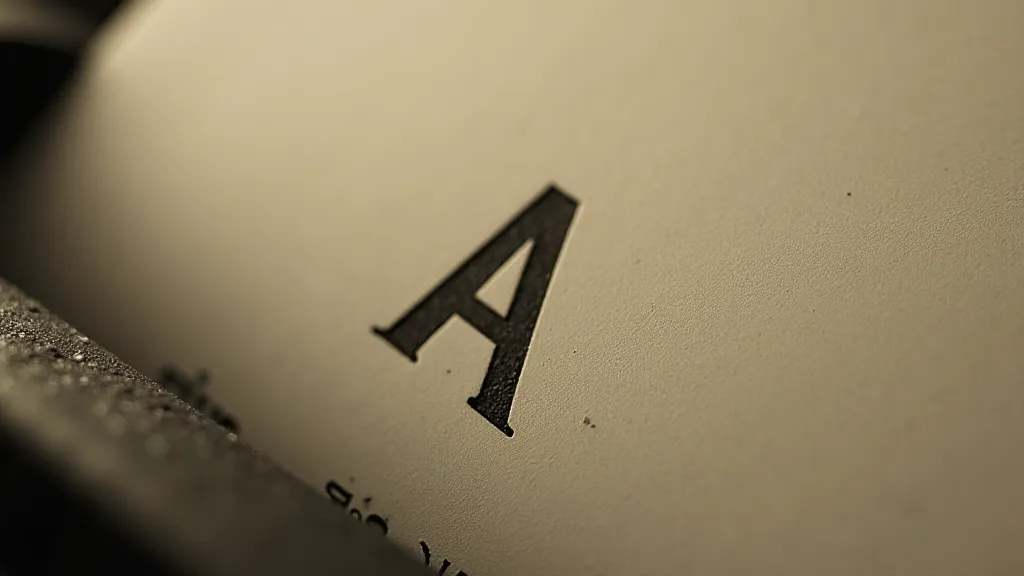
Beyond the Form: Understanding the Anatomy of a Typewriter Font
Modern digital fonts prioritize consistency and precision. Every letter is flawlessly replicated, ensuring a uniform appearance across all devices and platforms. Typewriter fonts, however, were born from a different reality. Each typeface was carved directly into metal slugs – individual blocks of type – and these slugs weren’t manufactured with absolute uniformity. Variations in metal hardness, wear and tear from use, and even the skill of the engraver contributed to subtle differences between seemingly identical characters. These differences aren't errors; they are hallmarks of an era when craftsmanship and character were valued above sterile perfection.
Consider the Remington No. 12, a workhorse of the early 20th century. Its font wasn't simply a design; it was the result of a mass production process where slight inconsistencies were inevitable. Our reproduction of the Remington 12 font attempts to mirror this, reflecting the subtle warping and unevenness inherent in its original form. This isn't just about recreating the visual appearance of the letters; it’s about understanding the process, appreciating the material, and acknowledging the human element involved in its creation. A modern font designer might strive for perfect symmetry; a craftsman carving metal slugs for a Remington simply aimed for a functional and aesthetically pleasing result, accepting the unavoidable imperfections.
The Wear and Tear of Time: Simulating the Effects of Use
What truly separates authentic typewriter fonts from their digital imitations is the simulation of wear and tear. Decades of use leave their mark on metal type. Characters become subtly rounded, ink bleeds into the impression, and subtle quirks emerge. Our collection aims to capture these nuances, adding simulated ink bleed, slight blurring, and subtle variations in letter weight to replicate the look and feel of a well-used machine.
The process is surprisingly complex. It involves not only digitally sculpting the letterforms but also layering textures and applying algorithms to simulate the cumulative effect of countless keystrokes. It’s a delicate balance – too much distortion and the font becomes illegible; too little and it loses its character. The goal isn’t to create a “broken” font, but rather to imbue it with the palpable sense of history and authenticity.
The Remingtion Rand, The Olivetti Lettera 22, and the Pursuit of Accurate Reproduction
Each typewriter model presented its own unique challenges. The Remington Rand Visible, for example, featured a distinctly angled typeface, a consequence of the machine's transparent carriage allowing the typist to see the letters being typed. Accurately reproducing this angle required careful measurement and digital manipulation. The Olivetti Lettera 22, renowned for its elegant design and quiet operation, presented the challenge of capturing the subtle refinement of its font, avoiding any harshness or rigidity.
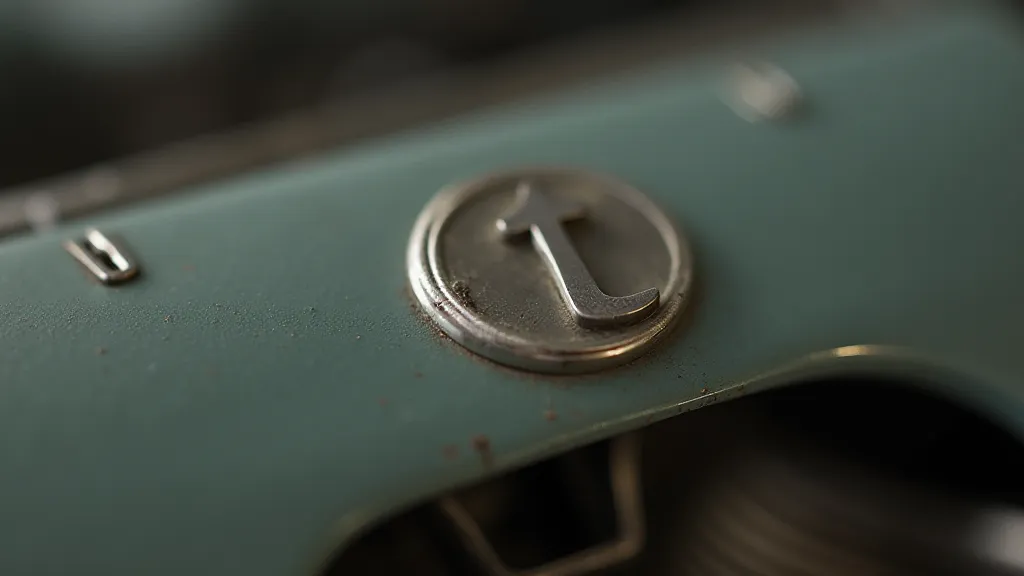
We're not simply creating digital fonts; we're creating digital artifacts—imperfect representations of tangible objects steeped in history. The process involves extensive research, including examining original typewriters, analyzing struck typewritten documents, and even consulting with typewriter collectors and restoration experts. It’s a painstaking process, but the reward is a collection of fonts that capture not only the visual appearance of antique typewriter typefaces but also the spirit of the era.
More Than Just Aesthetics: The Human Connection to Imperfection
The rise of digital typography has undoubtedly brought with it unprecedented levels of precision and control. But in our pursuit of perfection, we risk losing something essential—the human touch. Typewriter fonts, with their inherent imperfections, remind us of the hands that carved the metal, the typists who wielded the machines, and the countless stories that have been typed onto fragile paper.
Using a typewriter font isn't just about aesthetics; it’s about evoking a sense of history, authenticity, and human connection. It's a way of slowing down, of appreciating the imperfections, and of acknowledging the beauty of the past. And it's a powerful reminder that true beauty often lies not in flawless precision but in the subtle flaws that define our unique experiences.
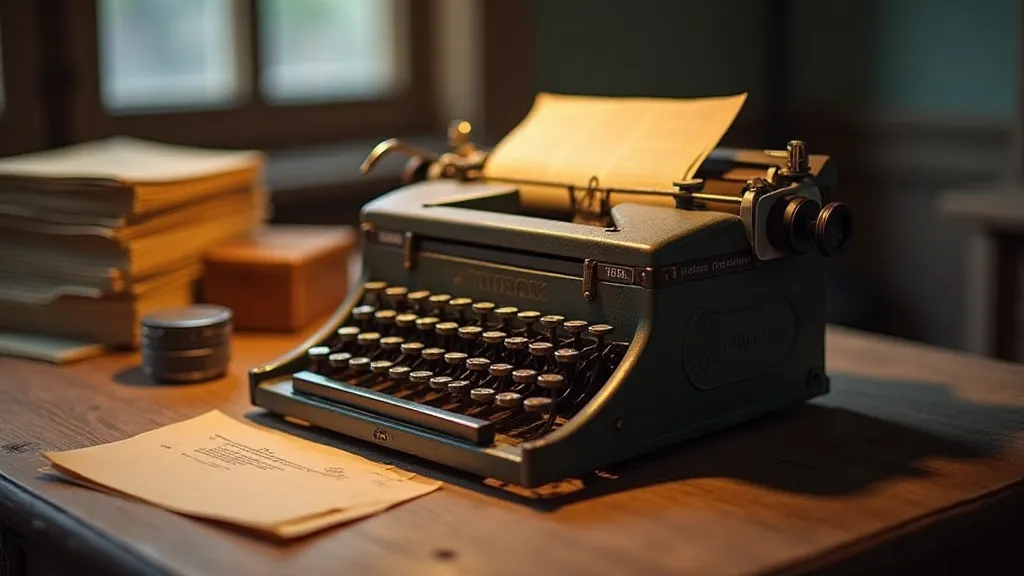
Collecting, Restoring, and Preserving the Legacy
For those captivated by the allure of antique typewriters and their fonts, collecting and restoring these machines provides a tangible link to the past. The process of restoration—carefully cleaning, lubricating, and repairing these mechanical marvels—is a labor of love, requiring patience, skill, and a deep appreciation for their intricate design. Even a simple repair can reveal the remarkable craftsmanship that went into their creation.
Beyond restoration, the preservation of original typewritten documents is equally important. These documents, often fragile and faded, offer a unique glimpse into the lives of those who used these machines – their hopes, their dreams, their struggles. By carefully preserving these historical artifacts, we can ensure that the legacy of the typewriter continues to inspire and inform future generations.
